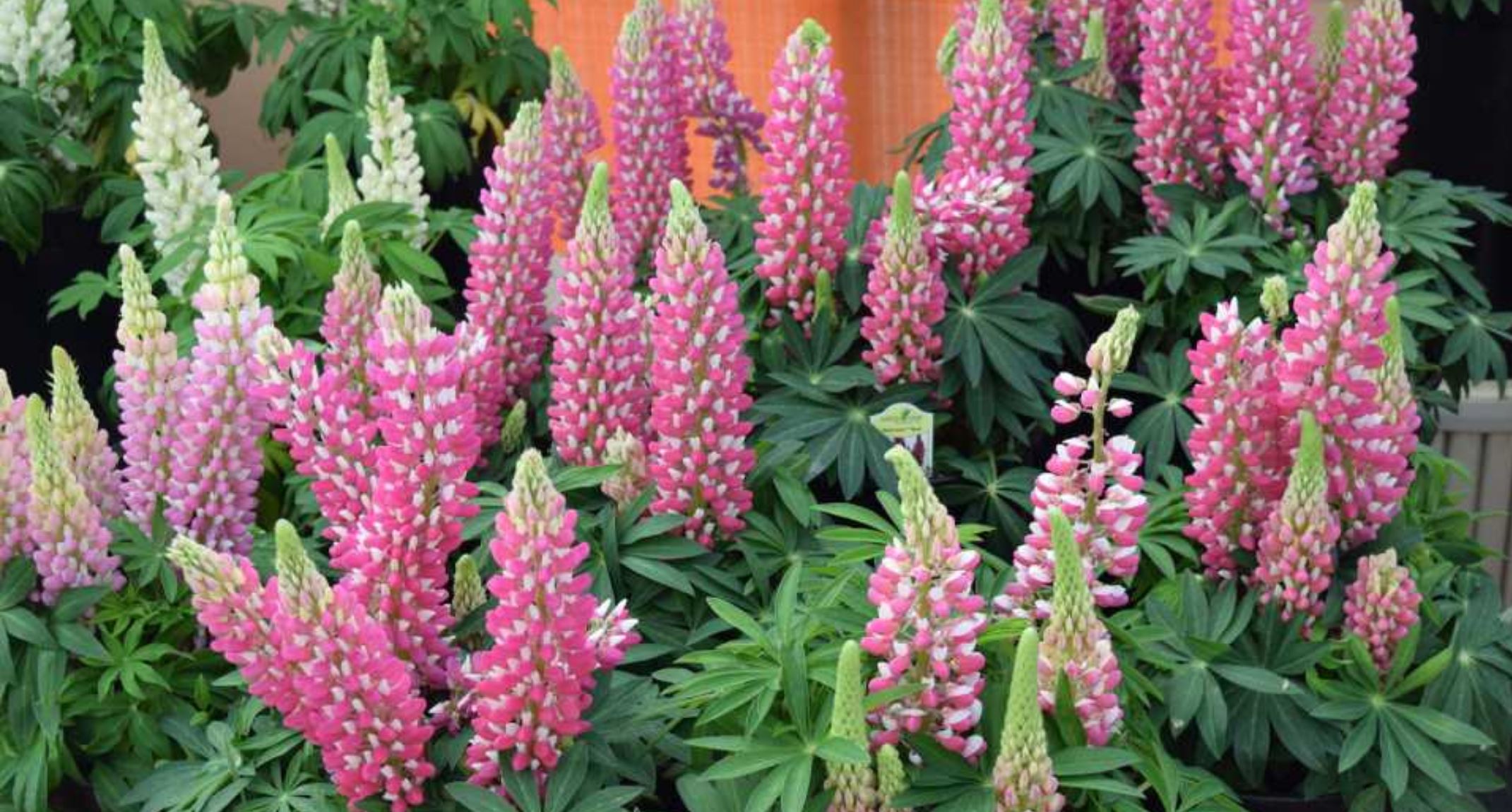
21 Apr What’s in Your Garden?
The story behind who, what and how those flowers and plants end up in your yard.
I recently attended the 2017 California Spring Trials.
For those of you unfamiliar with the event, it’s the week when plant companies show off their new flower, vegetable, perennial and shrub varieties to major retailers like Home Depot, Lowes and Wal-Mart that consumers should be able to purchase in 2018.
What do you mean “should be able?”
Each year at the California Spring Trials hundreds of new plant varieties are on display for retailers, growers and journalists to see. However, few make it onto retailer shelves.
Why?
In the horticultural industry, large growers of plants (annuals, perennials, woody ornamentals) have most of the power. The growers choose what varieties they’re going to grow the following year based on what is most profitable to them. In effect, this decision dictates what retailers will be able to sell — even large retailers like Home Depot, Lowes and Wal-Mart. Certainly, the retailers suggest the varieties that they’d like to buy from the growers; however, it’s the growers who make the final decision most of the time.
Grower decisions are almost always based on what varieties are easiest for the growers to grow, what varieties they can grow for the least amount of money and what varieties look the best for the longest time period in the store.
If you’re deep into gardening, you might wonder how plant breeding companies combat this situation.
 Positioning — Position new varieties against existing varieties. For example: Plant A grows more quickly, its blooms last longer at retail, and is more resistant to disease than plant B. Growers will site historic data to help prove the point that this new evolution of a plant is better, including information that supports its heartiness, that it’s drought resistant and so on. More hearty, more and bigger blooms, etc. Often, specific varieties are highlighted. Integrate positioning points into elevator speeches, product literature and website content. See Greenhouse Management for an example.
Positioning — Position new varieties against existing varieties. For example: Plant A grows more quickly, its blooms last longer at retail, and is more resistant to disease than plant B. Growers will site historic data to help prove the point that this new evolution of a plant is better, including information that supports its heartiness, that it’s drought resistant and so on. More hearty, more and bigger blooms, etc. Often, specific varieties are highlighted. Integrate positioning points into elevator speeches, product literature and website content. See Greenhouse Management for an example.- Claim Support — What is the evidence for the positioning claims? Typically, the best and most credible evidence comes from third parties. For example: Axiom spends time setting up trials with land grant universities, influential growers or well-known horticulturists. The goal? Data and third party endorsements that support positioning claims. Here’s an example from this year show posted by Greenhouse Grower.
- Brand Story — Integrate positioning points and claims support into a simple and memorable story that gets spotlighted in a PR and social media program. The best stories have three key points and culminate with a dramatic crescendo. For example: Plant A was discovered in the mountains of North China. It is highly cold tolerant and grows well in sun or shade. It nearly didn’t make it to market because the Chinese government clamped down on exporting native plants. Nevertheless, well-known plant breeder X figured out how to get it out of the country and spent the past X years breeding a commercial variety of the plant. This story could easily be told in a 60-second social video and a one-page news release.
- Gardener Sneak Peek — Because it takes several years to commercialize a new plant variety, it’s beneficial to facilitate a sneak peek ahead to people who matter. Axiom makes plants available to influential garden journalists, bloggers and home gardeners a year or
 two before the plants arrive at retail. To spur interest, Axiom will link the plants to key gardening trends as drought tolerance, disease resistance, etc. Here’s an example from Nursery Management.
two before the plants arrive at retail. To spur interest, Axiom will link the plants to key gardening trends as drought tolerance, disease resistance, etc. Here’s an example from Nursery Management.
For more information, please contact Mike Reiber at info@axiomcom.com.





No Comments